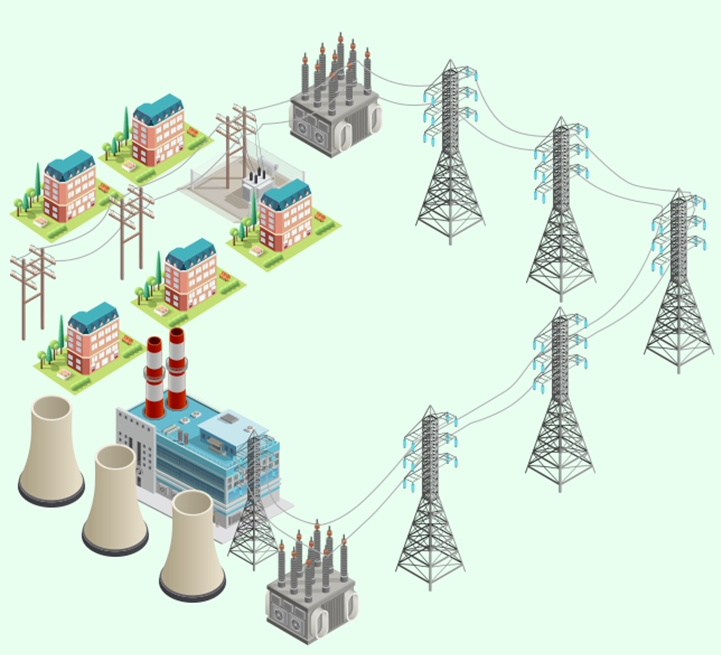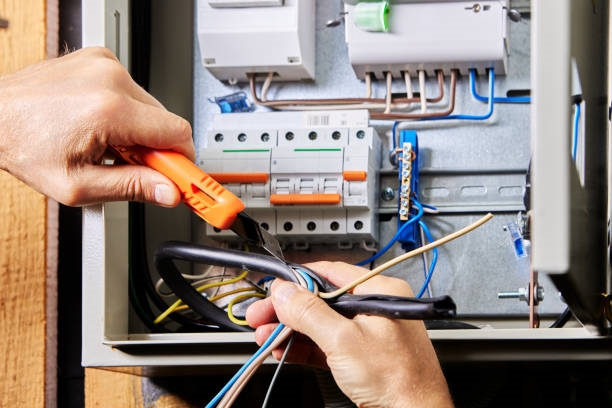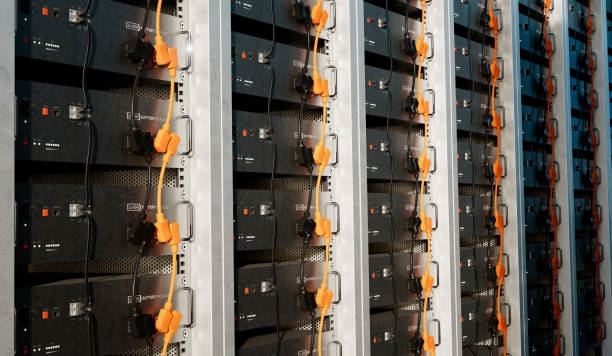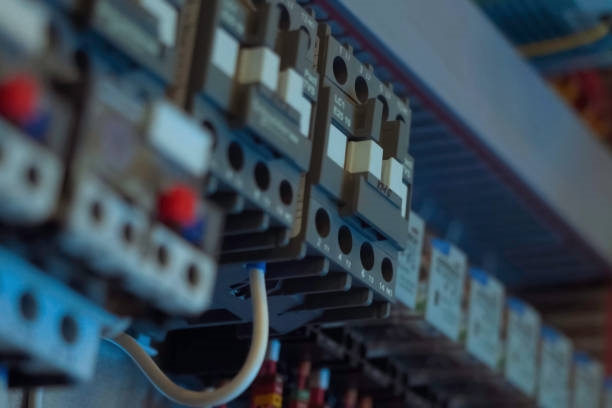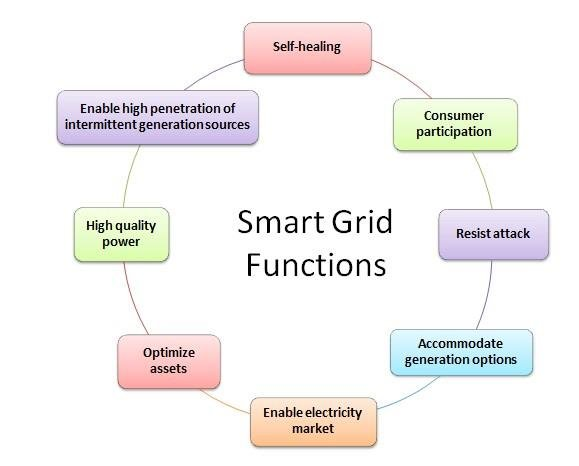Advancements in electrification and energy management technologies are driving innovation in the power sector. This article explores trends in energy production, consumption, and system design that are shaping a new era of energy awareness and control.
Key Drivers of Innovation
Battery technologies now support diverse applications, from powering electric vehicles (EVs) to storing energy for peak demand. Governments are investing in EV charging infrastructure, grid modernization, and rural connectivity. Increased awareness of energy use in homes and workplaces highlights the importance of alternative energy sources. The integration of IoT, 5G networks, and evolving data center architectures is connecting previously disparate systems. Additionally, artificial intelligence (AI) and machine learning (ML) are transforming real-time data into automated, self-optimizing decisions.
Two closely related themes dominate this transformation: electrification and energy management. Electrification involves supplementing or replacing fossil fuel-based technologies with renewable energy-driven systems. Energy management focuses on the storage, monitoring, and distribution of energy. Supporting these themes are applications like smart meters, which enable better control of energy consumption.
Trends in Energy Production
Modernizing Grids with Smart Technology
Aging infrastructure built around traditional power plants is transitioning to modern, electrified networks or smart grids. These incorporate renewable energy sources and sensors to monitor usage and detect system faults before they escalate. Smart grids balance traditional and renewable energy, addressing the cyclical nature of sources like solar and wind. Battery energy storage systems (BESS) capture surplus energy for later use, enabling efficient allocation during peak and off-peak periods. AI and ML enhance smart grids by enabling faster responses to usage trends, outages, or other issues.
Creating Energy Islands with DER and Microgrids
The future of grid modernization lies in distributed energy resources (DER), small-scale energy generation units located near consumption points. DER includes traditional sources like diesel generators and renewable options like solar panels or battery storage. When combined, DER can significantly offset or surpass traditional energy production. Examples include home energy management systems connected to the grid and EV charging stations using solar panels to reduce grid dependency. DER reduces grid strain and avoids costly long-distance distribution infrastructure.
DER can be integrated into microgrids, autonomous sections of the grid that form self-sufficient energy islands during outages. For instance, a microgrid may power a community, hospital, or industrial park. During power failures, DER within the microgrid takes over, ensuring continuous supply to connected devices. Reliable connectivity is critical for microgrid safety, as re-energizing isolated grid sections can risk equipment damage or injury. Microgrids are evolving into smaller nanogrids, powering single structures like data centers.
Trends in Energy Consumption
Gaining Insights Through Smart Monitoring
Smart meters, an extension of smart grids, enable two-way communication between consumers and providers, offering high-resolution insights into per-minute energy usage. This fosters energy awareness, allowing households, businesses, and governments to eliminate wasteful practices and adopt efficient alternatives. In data centers, where even brief outages can cause data loss, smart meters, combined with switchgear and uninterruptible power supplies (UPS), ensure consistent power flow. Energy management systems (EMS) provide user-friendly monitoring and control for battery storage, benefiting homeowners, businesses, and service providers.
Reducing Consumption via Demand Response
To alleviate pressure on aging infrastructure and minimize costs, utilities are implementing demand response programs. These incentivize consumers to adjust energy use during peak and off-peak periods. Smart appliances, like thermostats, allow providers to remotely reduce consumption, such as limiting air conditioning. AI and ML enable faster prediction of peak demand, helping both providers and consumers respond proactively.
Trends in Energy Storage Design
Developing Safer Battery Management
Battery technology advancements offer opportunities for improved efficiency, safety, and design. Effective battery management addresses challenges like thermal performance, particularly in high-throughput applications. For lithium-ion batteries, uncontrolled heat or system failures can lead to thermal runaway, posing fire or gas release risks. Standards like UL 9540A and NFPA 855 mitigate energy storage system (ESS) hazards. Advances in thermal materials and high-power interconnects ensure safe, high-quality power transmission. EMS and AI provide real-time alerts for battery conditions and potential issues.
Integrating Advanced Power Connectivity
High-power interconnect solutions enhance battery management safety and ensure reliable operation across electrification and energy management ecosystems. Busbars and high-power connectors safely handle large currents without compromising performance. Space-constrained or harsh environments, such as wind turbines, solar arrays, data centers, or remote substations, benefit from miniaturized components and sealed, vibration-resistant designs that prevent foreign object ingress and component failure.
Predicting Future Performance
Digital twin technology, supported by historical data, ML, and AI, enables stress testing and lifespan prediction for energy systems. This provides designers and operators with unprecedented insights beyond real-world scenarios. Similar techniques are applied at the component level, such as connectors, using data-driven predictive engineering to optimize performance and reliability before production.
 ALLPCB
ALLPCB


